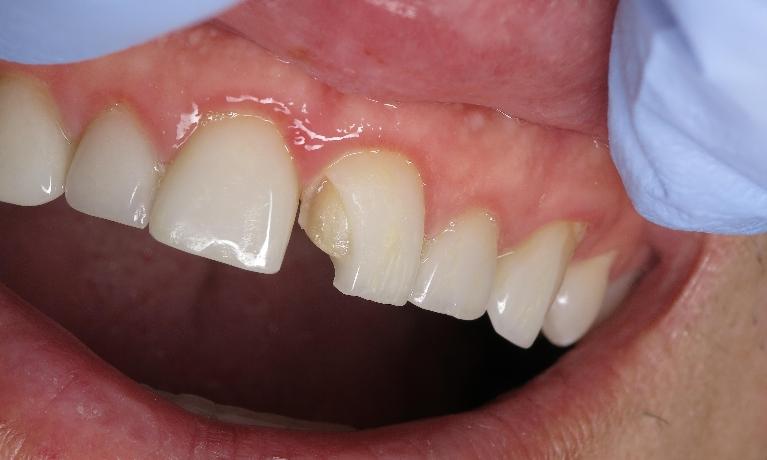
Porcelain teeth, also known as dental crowns or caps, have been a staple in restorative dentistry for years. These prostheses are designed to protect and reinforce teeth that are damaged, worn, or discolored. While they are known for their durability, aesthetics, and similarity to natural teeth, the service life of these porcelain prosthetics can be influenced by several factors. This write-up will explore these determining aspects in depth while trying to give a thorough understanding of the facets impacting porcelain teeth longevity.
Quality of Dental Practise
The first and potentially the most impactful factor affecting the longevity of porcelain teeth is the quality of the dental practice. Dental procedures, including preparing the underlying tooth, creating impressions, and fitting the crowns, need a perfect blend of science and artistry. Accuracy, experience, and technical proficiency of the dental practitioner play monumental roles in lengthening the lifespan of porcelain teeth. Working with a qualified and experienced dentist can consequently enhance the durability of the dental crown.

Materials Utilized
Porcelain crowns are usually constructed from a variety of materials such as porcelain fused to metal (PFM), all-ceramic, and zirconia. Each of these materials has its own strengths and weaknesses, affecting the overall service life of porcelain teeth. For instance, while PFM crowns are strong and durable, their aesthetic appeal might not be as significant as all-ceramic or zirconia in the long run due to possible metal exposure at the gum line.
Quality of Oral Hygiene
Though porcelain crowns are immune to decay, the tooth beneath them is not. Regular brushing, flossing, avoiding sugary and acidic foods, and regular visits to the dentist for cleaning and check-ups are all crucial steps to maintaining the longevity of porcelain teeth. Inadequate oral hygiene can lead to gum diseases, tooth decay, and subsequently, the failure of the porcelain crown.

External Factors
Various external factors can also influence the lifespan of porcelain crowns. These include the position of the crown in the mouth, the type and amount of force it is subjected to, and the habits of the individual. For instance, crowns on molars may grasp more strain from chewing and grinding of food, leading to wear over time. Further, individuals who clench or grind their teeth may experience a shortened lifespan of their crowns.
Dental Follow-Ups
Regular dental check-ups aren’t just necessary for natural teeth, they are equally, if not more, important for those with porcelain teeth. Visiting the dentist routinely allows for early detection and intervention in case of any issues with the crown such as poor fit, leak, wear, or underlying tooth decay.
Individual’s General Health
An individual’s overall health, particularly the health of their mouth, also plays a role in the longevity of porcelain crowns. For example, people with a healthy oral environment, including a good pH balance in their mouth, generally have a better prognosis for their dental restorations, including porcelain crowns, compared to those with chronic oral health conditions such as xerostomia (dry mouth) or periodontal disease.

Quality of the Crown
The crown’s quality is highly influential in estimating its service life. Higher quality crowns are designed to fit well and withstand the forces in the mouth, thereby being less prone to fracture or failure. Moreover, crowns which are created with attention to aesthetic detail can showcase a superior level of naturalness and blend seamlessly with the remaining teeth, thereby offering an added level of confidence and satisfaction to the individual, and indirectly contributing towards their care and maintenance.
Preparatory Stage
The preparation stage, wherein the dentist reshapes the tooth to accommodate the porcelain crown, is an influencing factor in crown survival. If too much of the tooth is removed, the tooth can become prone to damage, which can negatively affect the integrity of the crown. Conversely, inadequate removal of tooth structure might result in an ill-fitting crown, which can lead to recurrent decay or failure of the crown.
Placement Technique
The technique that the dentist uses to place the crown can also impact its longevity. Use of the correct cement, the precise seating of the crown without any gaps or overhangs, can influence the overall survival of the porcelain crown.

In conclusion, several factors may influence the service life of porcelain teeth. It is essential to understand that while some of these factors can be managed or controlled (like quality of dental practice, oral hygiene and dental follow-ups), others (like individual’s general health and external factors related to personal habits) would require more time, commitment, and discipline on the part of the individual. To maximize the service life of porcelain teeth, it is thus crucial to practice good oral hygiene and visit the dentist regularly.




Leave a Reply